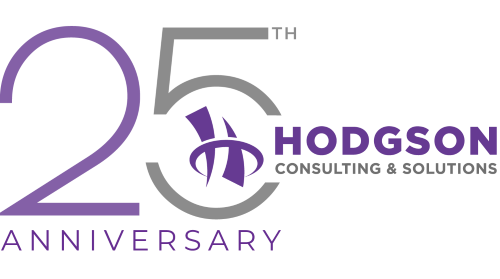Mergers and acquisitions (M&A) are strategic moves that can create new opportunities for business growth and innovation. Ernst & Young estimates a 20% increase in corporate M&A, while Morgan Stanley predicts it can be as high as a 50% increase. Banking, energy, healthcare, real estate, and technology are among the sectors that are primed for increased mergers and acquisitions. However, despite your industry, M&A undoubtedly entails a complex and often daunting process of integrating two different IT environments. Technology compatibility is crucial.
For IT leaders, this process poses a number of challenges that can affect the success and value of the M&A deal. Here are 4 of the most common technology challenges that IT leaders face during M&As and practical solutions to overcome them.
1. Application & Licensing Complications
A challenge that arises during M&As is the duplication and inconsistency of applications and licensing agreements between the two IT environments. Merging two companies often means having multiple applications that serve the same or similar functions, such as email, CRM, ERP, or accounting software. This can result in inefficiencies, higher costs, and user confusion. Additionally, different licensing agreements and terms can create legal complications and liabilities if not aligned and consolidated properly.
SOLUTION:
To overcome this challenge, IT leaders need to evaluate the combined application portfolios of both entities and rationalize them based on their functionality, performance, cost, and value. This may involve eliminating, replacing, or consolidating redundant or outdated applications and streamlining the application landscape to optimize efficiency and user experience. Furthermore, IT leaders may need to renegotiate licensing agreements with vendors and service providers to ensure that they reflect the new organizational structure and comply with all contractual and regulatory obligations.
2. Hardware Integration
Another challenge that IT leaders face during M&As is the integration of hardware systems, such as servers, storage devices, routers, switches, and firewalls. Integrating hardware systems can be a complex and time-consuming task, as it involves dealing with different hardware standards, compatibility issues, and physical logistics. For example, IT leaders may need to decide whether to keep, upgrade, or dispose of existing hardware, how to migrate data and applications from one system to another, and how to relocate or consolidate data centers or other equipment.
SOLUTION:
To tackle this challenge, IT leaders need to develop a clear hardware integration plan that outlines the steps and timelines for aligning and merging hardware systems. The plan should consider factors such as the current and future IT needs, the available budget and resources, the potential risks and benefits, and the best practices and methodologies for hardware integration. Moreover, IT leaders need to engage in thorough testing and validation to ensure that the integrated hardware systems are compatible, functional, and secure.
3. Lack of Visibility into the IT Infrastructure
One of the most common and critical challenges during M&As is the lack of visibility into the IT infrastructure of the acquired or merged company. Without a clear and accurate picture of the IT assets, applications, and systems of the other entity, IT leaders cannot make informed decisions about the integration strategy and priorities. Moreover, they may encounter hidden or undocumented elements, such as shadow IT, legacy systems, or custom applications, that can complicate the integration process and create security and compliance risks.
SOLUTION:
To avoid this challenge, IT leaders need to conduct thorough due diligence before and during the M&A process. This involves using discovery tools and audits to map out and inventory all IT elements of both entities, including hardware, software, networks, cloud services, data, and users. By gaining full visibility into the IT landscape, IT leaders can identify the gaps, overlaps, dependencies, and vulnerabilities that need to be addressed during the integration.
4. Security & Compliance
A fourth challenge that IT leaders encounter during M&As is the increased security and compliance risk that comes with the integration of IT systems. The integration process can expose vulnerabilities and create opportunities for cyberattacks and data breaches, especially if the security protocols and standards of the two entities are not aligned or consistent. Moreover, the integration process can also create compliance challenges, as the two entities may have different compliance requirements and obligations, such as GDPR, HIPAA, PCI DSS, or SOX.
SOLUTION:
To address this challenge, IT leaders need to conduct comprehensive security assessments for both entities and identify the potential threats and gaps that need to be remediated. They also need to standardize and enforce security policies and procedures across the integrated IT environment, such as encryption, authentication, authorization, backup, and recovery. Furthermore, they need to implement continuous monitoring and incident response capabilities to detect and mitigate any emerging or existing threats. Additionally, IT leaders need to ensure that the integrated IT environment meets all relevant compliance standards and regulations, and that they have the necessary documentation and evidence to demonstrate compliance.
Ultimately, mergers and acquisitions are complex and challenging processes that require careful planning and execution, especially from a technology perspective. IT leaders need to be aware of the technology, educate executives about these challenges, and develop effective strategies to overcome them. By doing so, they can ensure a smooth and successful IT integration that delivers value and benefits for the new organization.
Going Through a Merger or Acquisition? Schedule Your FREE Consultation at www.hodgsonconsulting.com/discovery.

